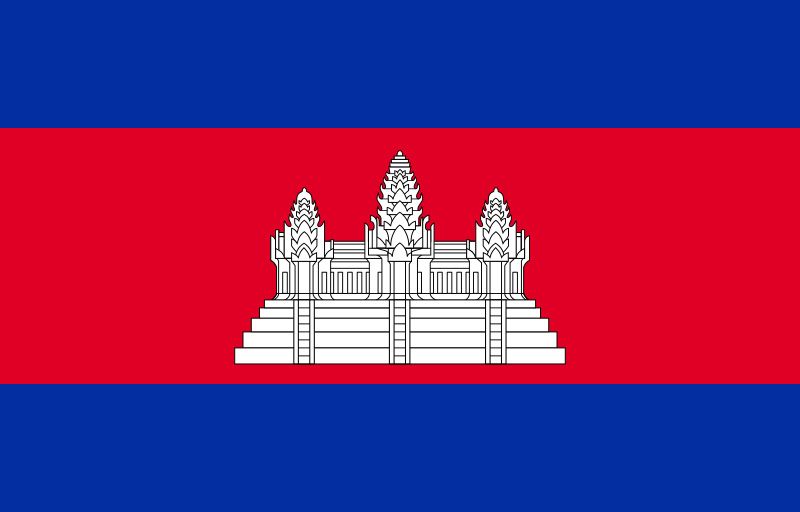You cannot be Sirius!
That deserves one of these, I think... 😉

A red card more like.
On a, er, 'serious' point, I'd be really grateful for details of the different types of gear that people were using on Saturday. I wish I'd the sense to make a couple of notes of peoples' names and the sort of equipment they were using and what each type is best for. (My memory is like, um, one of those things with lots of holes in it these days.) I remember Tej (and one other guy) was using an H-alpha PST (great for prominences), but was yours an H-Alpha as well Mike (attached to your night scope - I do remember that much!). Who had the camera with the home-made white light filter? And what was the rig at the right side of the group that gave a green tint to the sun but showed up the sunspots well? I recall mention of ceramic heat protection and an X-ray filer... (Must pay more attention in class...) Thanks, anyone!
Hi Andy,
What we had were
2 x Coronado PST's (the small gold tubed ones) from Tej and ....? These are for H-Alpha and have a bandpass of about 0.8A. This means they will show large Prominence's but less Chromosphere detail (can't have it all!). These were dedicated Solarscopes.
Mikes APM night time scope was using a Daystar Quark 'eyepiece' which converted his scope to view H-Alpha. The combination resulted in a magnified, partial disc view of the sun. This had a bandpass of about 0.3~0.4A meaning that Chromosphere detail was high contrast. Prominences were smaller but structure finer. This H-Alpha filter is made for converting a refractor.
My scope (same as Mikes) had a rear mounted Daystar ION rear filter to convert it to H-Alpha. This was used to show both full and partial discs, with and without binocular viewers. This was 0.5A for detail Chromosphere views. This type of filter can convert both a refractor and a reflector (not Newtonians)
Both Mikes and my scope had internal energy rejection filters to reflect the UV/IR (hot) light back out of the telescope.
The camera (I think this was Clives) was fitted with a front mounted White Light filter. White light filters do a similar job to a Herschel Wedge and can be fitted to both refractors and reflectors of any type.
Martins scope (long black one) - not sure, I did not get round to looking through it. Think this was white light.
Finally, Grey had a night time scope fitted with a Herschel Wedge for White Light views. The wedge has a prism inside which reduces brightness by about 95%. It reflects some IR/UV light back out the telescope and the rest is diverted to a heatsink. In the case of Greys, some ceramic plates. A couple of filters then reduce the light level further for safe viewing. The 'Green' view of the Sun was due to Grey using a Solar Continuum filter. This only passes light at 540nm where the eye is sensitive to contrast. Strictly speaking these filters are intended for Achromats which on a bright object like the sun, show false colour badly. For an APO, Semi-APO like Greys, you don't need them and can use a polariser instead which tames the light level and increase contrast just the same but gives you a white light view. Personal preference really. Not everyone likes a green sun! Wedges can only be used on refractors.
Hope this helps
Rgds
Rupert
Hugely appreciated, Rupert. That's all the detail I was told on Saturday (but forgot) plus stacks more besides. Very many thanks!
Did you know that Alpha Canis Minoris (or Procyon) is on the flag of Brazil?
But which country (according to Carl Sagan) has an observatory on its flag? (No Google cheating - though probably Sagan did stretch the definition of 'observatory' somewhat.)
I can only think of one country that has any sort of building on it... and that's Cambodia:

No idea what that's got to do with astronomy / observatories, though I suppose that ancient temples were used for observing the heavens. Am I on the right lines?
Spot on! Good work, Mike! It's the temple of Angkor Wat in Cambodia.
Wikipedia seems to downplay its astronomical role, UNESCO makes zero mention of any such function (as far as I could tell on a skim-read), but Nasa is right in there, giving it its own web page.
I didn't know any of this till you mentioned about the Brazil flag which reminded me of Cosmos the book in which Sagan lists a lot of countries that have stars, suns, constellations etc on their national flags (page 65 of the plain paperback edition for which I paid £11.99 last year, a week before finding a copy of the illustrated version in a market stall for £1.50).
